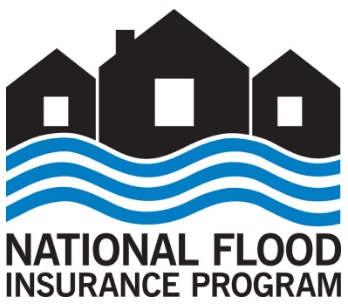Flood Insurance Policyholders: Understand Your Claims Options

In an effort to quickly get recovery funds into the hands of survivors, FEMA’s National Flood Insurance Program (NFIP) has enhanced the flood insurance claims process with changes to how you file your claim. If you’re a policyholder, understand the process and options to speed your recovery from Hurricane Irma.
Advance Payments May be Available:
Advance payments may be available to eligible policyholders. After filing your claim, discuss an advance payment with your insurer.
- You may receive a check for up to $5,000 as an advance payment on your flood claim without an adjuster visit or additional documentation. Along with the advance payment, you will receive a letter explaining that by accepting payment, you certify you have the flood damage claimed.
- Up to $20,000 may be available in advance payments if you provide photographs and receipts validating the out-of-pocket expenses related to your flood loss or a contractor’s itemized estimate.
Advance payments are deducted from the final claim settlement amount and may only be used according to the terms of the Standard Flood Policy. In the meantime, don’t wait to clean up your home. Take photos or video footage of flood-damaged property, then immediately remove flood-damaged items – especially those that may pose a health risk, such as perishable food items, clothing, cushions, pillows, etc. For more information about safely cleaning up after the flood, click here.
Waived Proof of Loss
In another effort to streamline the claims process, the National Flood Insurance Program has waived the initial Proof of Loss requirement. When the adjuster visits and assesses your flood damage, he/she will work with you to document your claim, and submit a report for consideration to the insurance company. The payment amount will be determined after the insurer reviews the report.
You will only need to submit a Proof of Loss if:
- you find additional flood damage;
- disagree with what the insurance company pays you;
- or your contractor’s estimate is more than the estimate on the initial report sent to the insurance company.
The deadline to submit the POL is one year from the date of the flood loss.
After your inspection, your insurer must provide you with the following:
- A copy of the adjuster’s report supporting the recommended payment.
- A written explanation of the difference in payment if less than the adjuster’s report.
- An Adjuster Report Claim Payment Letter.
For more information about what to do and know after the inspection, reference the Post Inspection One Pager for Flood Insurance Policyholders.
Additional Assistance
If you need help finding your insurance carrier, call the FEMA Helpline, 800-621-3362 (Voice, 711 or VRS) or 800-462-7585 (TTY). If you are not satisfied with your claim determination, NFIP offers a no-cost appeals process: www.fema.gov/flood-claim- appeals-and-guidance.
For more recovery information, visit www.FEMA.gov/IrmaFL, or follow us @FEMARegion4 on Twitter and on FEMA’s Facebook page.
~~~~~~~~~
FEMA’s mission is to support our citizens and first responders to ensure that as a nation we work together to build, sustain, and improve our capability to prepare for, protect against, respond to, recover from, and mitigate all hazards.
Disaster recovery assistance is available without regard to race, color, religion, nationality, sex, age, disability, English proficiency or economic status. If you or someone you know has been discriminated against, call FEMA toll-free at 800-621-FEMA (3362). For TTY call 800-462-7585.
FEMA’s temporary housing assistance and grants for public transportation expenses, medical and dental expenses, and funeral and burial expenses do not require individuals to apply for an SBA loan. However, applicants who receive SBA loan applications must submit them to SBA to be eligible for assistance that covers personal property, vehicle repair or replacement, and moving and storage expenses.

